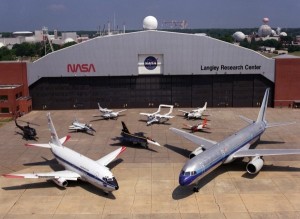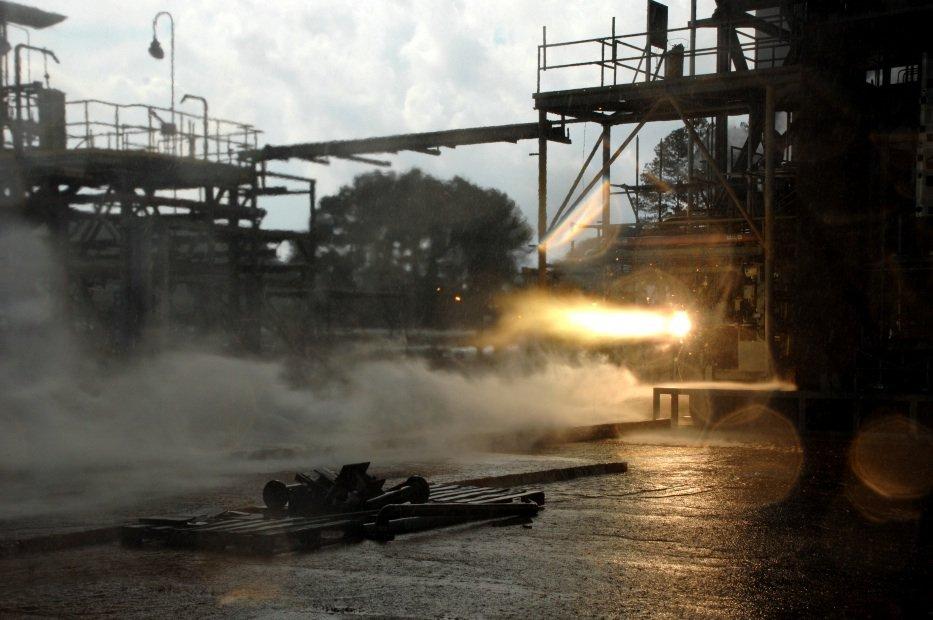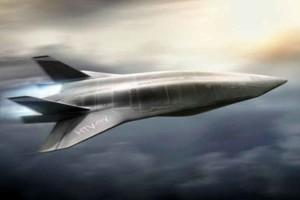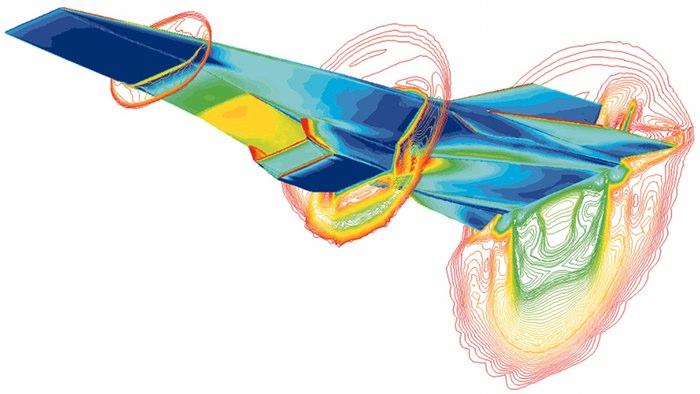 Scramjet technology has been around for a while, but recently it seems like it’s everywhere. I love the name — it stands for “supersonic combustion ramjet” — but it also just sounds fitting for a technology that could produce commercial aircraft capable of zipping from Los Angeles to Sydney as fast as you can say “scram, jet!” NASA has been working with the supersonic technology for well over a decade, producing a record-breaking aircraft capable reaching speeds of Mach 9.6 (nearly 7,000 mph) all the way back in 2004.
Scramjet technology has been around for a while, but recently it seems like it’s everywhere. I love the name — it stands for “supersonic combustion ramjet” — but it also just sounds fitting for a technology that could produce commercial aircraft capable of zipping from Los Angeles to Sydney as fast as you can say “scram, jet!” NASA has been working with the supersonic technology for well over a decade, producing a record-breaking aircraft capable reaching speeds of Mach 9.6 (nearly 7,000 mph) all the way back in 2004.
 It’s going to be a while before hypersonic aircraft are ready for commercial air travel, so resign yourself to a few more terrible in-flight meals, if you’re lucky enough to be flying with an airline that still provides them. But several leading aircraft manufacturers are hard at work on the technology, including Boeing, Lockheed Martin and Airbus, and, unsurprisingly, a lot of those hypersonic engine components are being 3D printed.
It’s going to be a while before hypersonic aircraft are ready for commercial air travel, so resign yourself to a few more terrible in-flight meals, if you’re lucky enough to be flying with an airline that still provides them. But several leading aircraft manufacturers are hard at work on the technology, including Boeing, Lockheed Martin and Airbus, and, unsurprisingly, a lot of those hypersonic engine components are being 3D printed.
Orbital ATK, a global leader in aerospace and defense and a favorite contractor of NASA, recently tested a 3D printed hypersonic engine combustor at the Langley Research Center in Virginia.
The test took place over 20 days, and the combustor was subject to multiple high-temperature hypersonic flight conditions, as well as propulsion wind tunnel tests that were some of the longest ever performed on a component of this kind.
A scramjet combustor needs to be able to maintain stable, steady combustion in extremely volatile conditions at speeds in excess of Mach 5 (3,800 mph), and the Orbital ATK combustor met or exceeded all requirements during the testing.The engine combustor was manufactured at Orbital ATK’s headquarters in Ronkonkoma, New York, and at the Allegany Ballistics Laboratory in West Virginia. The part was produced via powder bed fusion, an additive manufacturing process that involves using laser beams to fuse together metal powders, one layer at a time. The use of 3D printing allowed for much construction to be completed much more quickly and inexpensively than other manufacturing techniques. It’s a very complex part, but 3D printing allows it to be built with fewer parts, and multiple prototypes can be churned out and tested quickly and cheaply.
“Additive manufacturing opens up new possibilities for our designers and engineers,” said Pat Nolan, Vice President and General Manager of Orbital ATK’s Missile Products division of the Defense Systems Group. “This combustor is a great example of a component that was impossible to build just a few years ago. This successful test will encourage our engineers to continue to explore new designs and use these innovative tools to lower costs and decrease manufacturing time.”
Orbital ATK is currently exploring several different manufacturing methods, but with the successful testing of the hypersonic engine combustor, 3D printing, particularly powder bed fusion, will likely stay at the top of the list. Surprised? I didn’t think so – 3D printing has shown itself, again and again, to be a fantastic and reliable asset for the aerospace industry. Discuss your thoughts on this latest space technology in the Orbital ATK Tests 3D Printed Combustor forum over on 3DPB.com,
Subscribe to Our Email Newsletter
Stay up-to-date on all the latest news from the 3D printing industry and receive information and offers from third party vendors.
You May Also Like
Gorilla Sports GE’s First 3D Printed Titanium Cast
How do you help a gorilla with a broken arm? Sounds like the start of a bad joke a zookeeper might tell, but it’s an actual dilemma recently faced by...
Nylon 3D Printed Parts Made More Functional with Coatings & Colors
Parts 3D printed from polyamide (PA, Nylon) 12 using powder bed fusion (PBF) are a mainstay in the additive manufacturing (AM) industry. While post-finishing processes have improved the porosity of...
$25M to Back Sintavia’s Largest Expansion of Metal 3D Printing Capacity Since 2019
Sintavia, the digital manufacturing company specializing in mission-critical parts for strategic sectors, announced a $25 million investment to increase its production capacity, the largest expansion to its operations since 2019....
Velo3D Initiates Public Offering in a Bid to Strengthen Financial Foundations and Drive Future Growth
Velo3D (NYSE: VLD) has been among a number of publicly traded 3D printing firms that have attempted to weather the current macroeconomic climate. After posting a challenging financial report for 2023,...


































